Intermediates
Gallantry and accessories
Blog Piekiełka
Cargo cults - at the intersection of two worlds
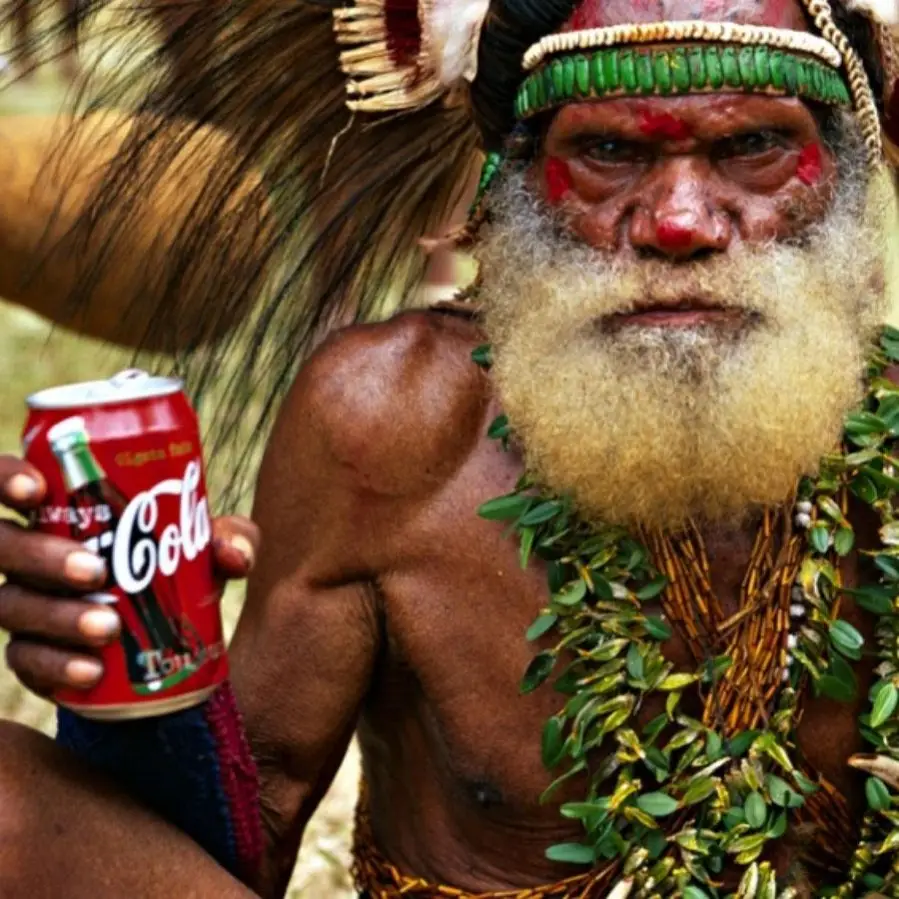
Intercultural contact always entails change. This is often the case even when the foreign newcomers do not want to fraternize with the natives at all. World War II was a time when Whites increasingly began to appear on New Guinea and Melanesia. In response to their presence, cargo cults began to flourish - movements that interpreted the new reality in a completely unusual way.
Whites - ghosts, magicians or common thieves?
The figure of the cultural hero appears in many mythological systems around the world. This extraordinary hero, or sometimes a group of heroes, is not only a persona wielding extraordinary powers, but also the initiator of an entire civilization. It was the hero in ancient times who brought religious myths and rituals to the people, he also brought all kinds of tools to earth and showed how to use them. According to Papuan beliefs, this everlasting role fell to the ancestors.
Whites came to New Guinea by ship and plane, and both were filled to the brim with a variety of goods. The local population observed the wonders brought to the island, but the Europeans and Americans took meticulous care to keep them out. The Papuan vision of the world assumed that the initial cosmic balance had once been upset. Waiting for the restoration of the lost paradise was combined with the belief that from the water side the boats of the dead would eventually return. Thus, it was believed that the ancestors, along with all their material possessions, would come again to the earthly land.
Initially, few Whites reached New Guinea - those were identified with ghosts. Over time, this original concept was slightly modified. However, it was considered that the newcomers were people who, by means of magical formulas and rituals, managed to get into good contact with their ancestors. Some interpretations went a step further. According to them, Whites with cunning and dishonest ploys were to take over the things that the ancestors sent to the Blacks
Papuan airports in the middle of the jungle
To the Papuans, the matter seemed simple. They should build warehouses, ports and airports to take back the goods dedicated to them. Of course, this enterprise also had to be enriched with a pinch of rituals. In this respect, the main inspiration came from the Old Testament, the rituals that took place in the churches, and the customs observed from the soldiers stationed on the island.
After World War II, when the number of aircraft landing radically declined, the locals decided to take matters into their own hands for good. They cleared runways and lit signal bonfires along them. Towers bearing bamboo antennas were erected right next to them, while people wearing wooden headphones on their ears sat inside. Sympathetic magic, which assumes that an analogous action will consequently lead to an analogous effect, staggered even wider here. Papuans erected large replicas of airplanes out of straw, resembled American soldiers in clothing and almost theatrically recreated the military's daily schedule.
Other quite popular cargo practices centered around money. These were first put into copies of briefcases, carried to the forest and hidden there in special huts. Savings so deposited were supposed to multiply on their own.
New Guinea lunacy? What is this all about?
At first glance, one might conclude that the Papuans have lost their minds and fallen into madness. However, another interpretive possibility is suggested to us by the Third Law formulated by Arthur C. Clarke. The British novelist who parodied science fiction stated that "any sufficiently advanced technology is indistinguishable from magic." On the territory of New Guinea, the Whites did not produce their goods, nor, as a rule, did they repair once-used equipment. Everything they needed to live, they brought from their countries - for the Papuans it came from nowhere. The radical separation of the two cultures, the lack of dialogue, and thus the limited opportunities for cognition gave rise to many myths. Any novelty began to be explained by old stories. Under the circumstances, this was probably the only way to somehow incorporate what was foreign into their own cultural system.
Ethnic Jewelry
-
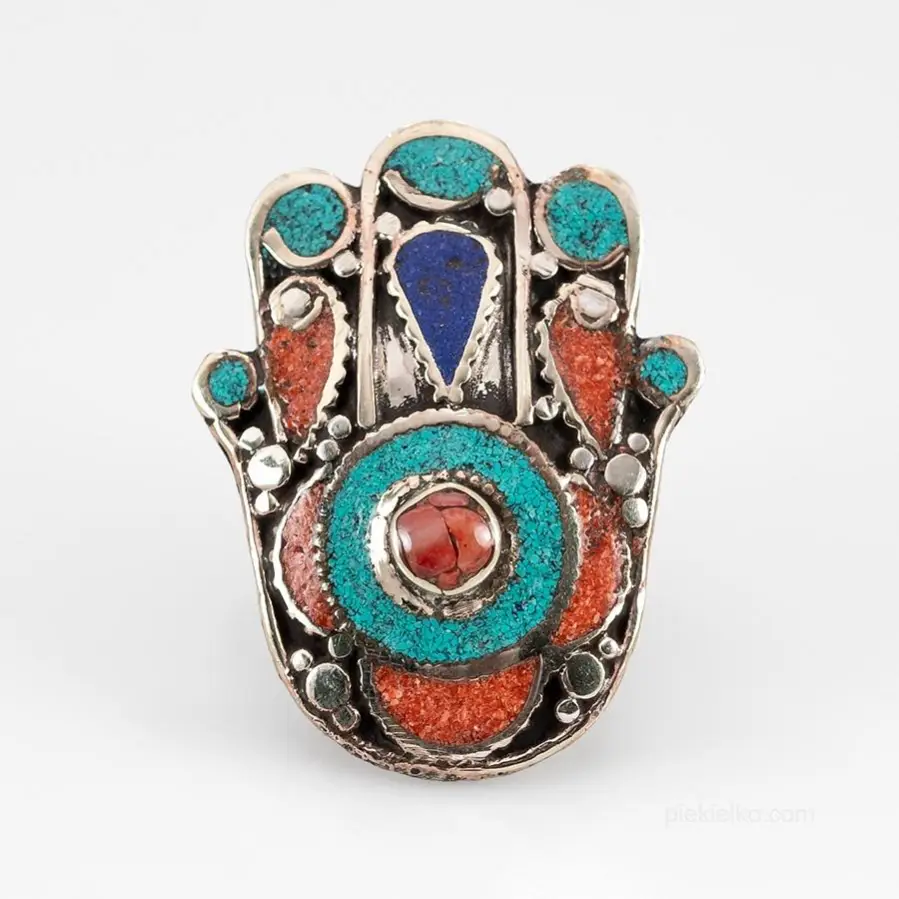
Hamsa ring
133,00126,35 -

925 silver ring with turquoise Botswana agate
360,00324,90 -

Afghan ring - agate
136,00129,20 -
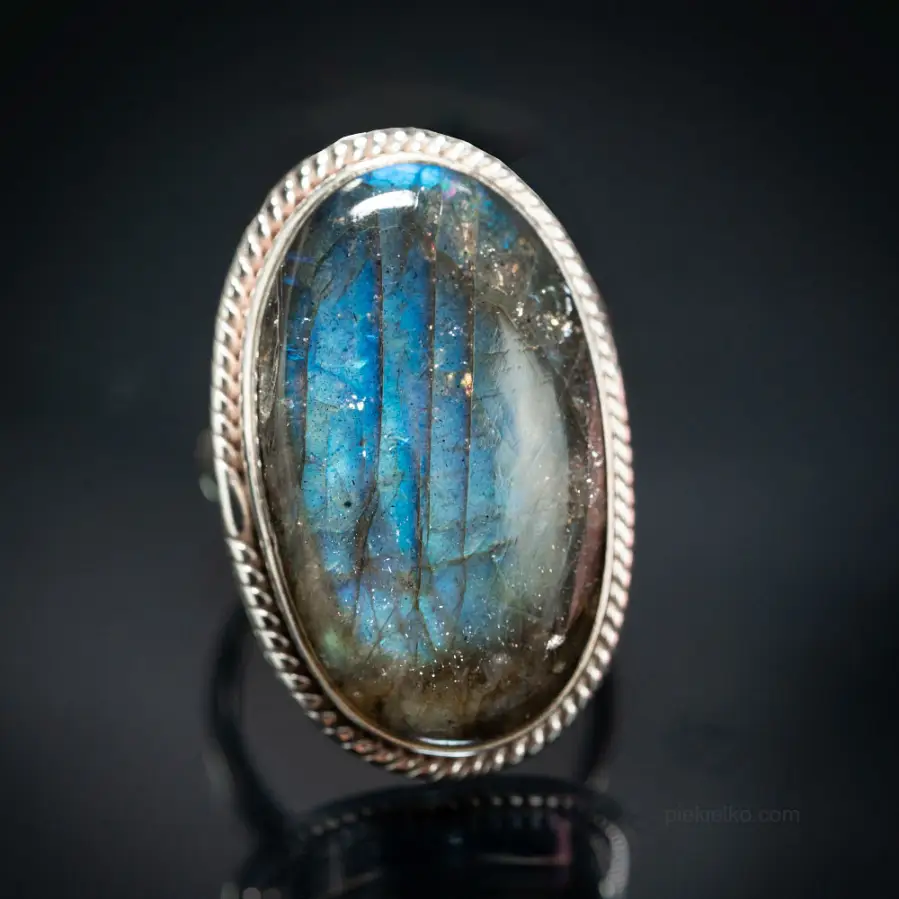
Oval Ring with Adjustable Band and Labradorite
389,00351,07 -

Gold-plated ring with aquamarine
220,00125,40 -
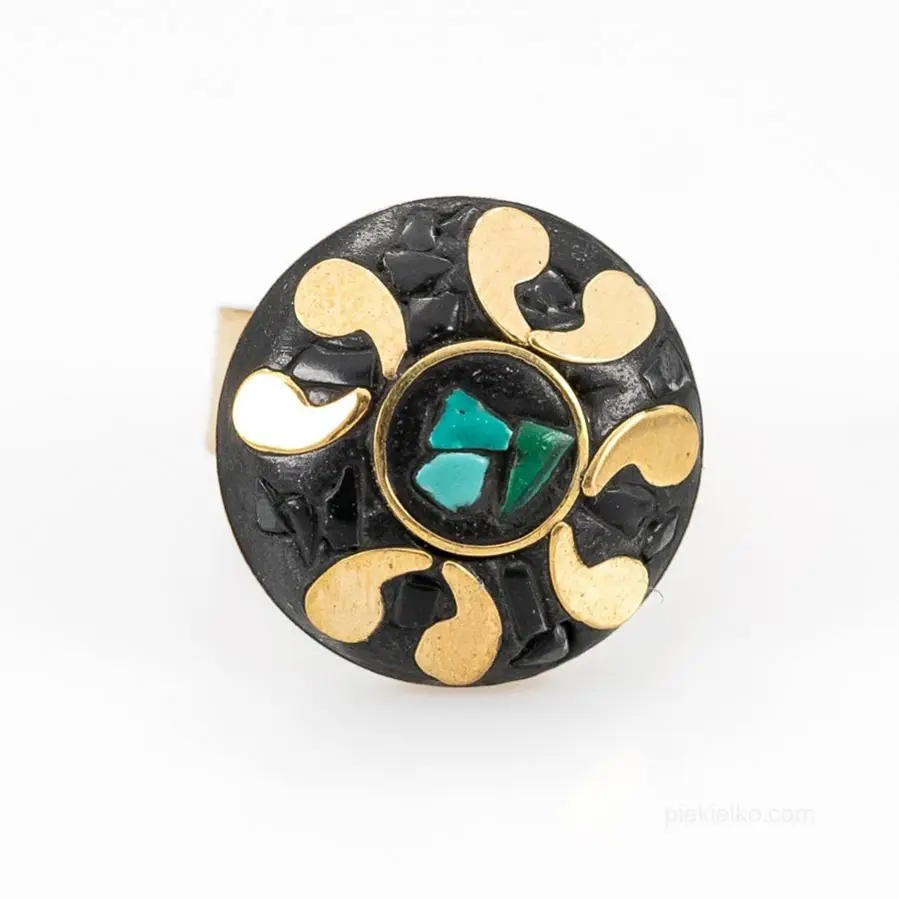
Nepalese ring
64,0060,80 -

Ring with black opal
500,00451,25 -

Silver ring with solar agate
310,00279,78 -

Indian silver ring
385,00347,46 -
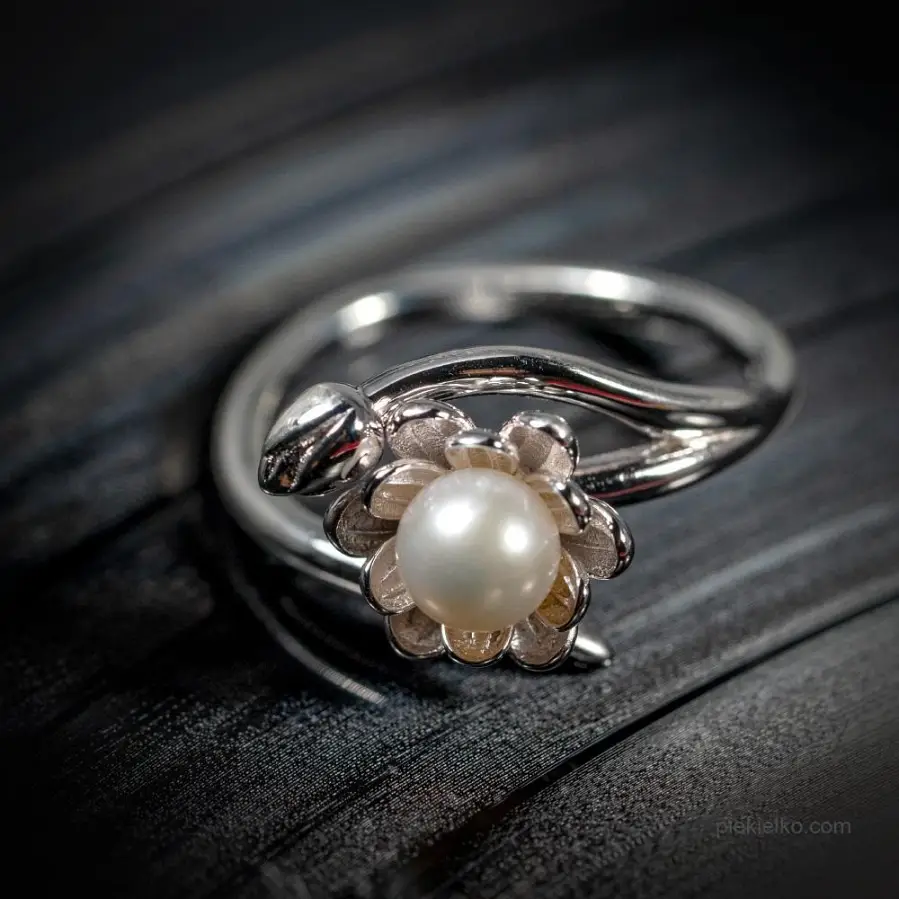
Silver ring with a pearl
391,00352,88 -

Silver ring with pink agate from Botswana
350,00315,88 -
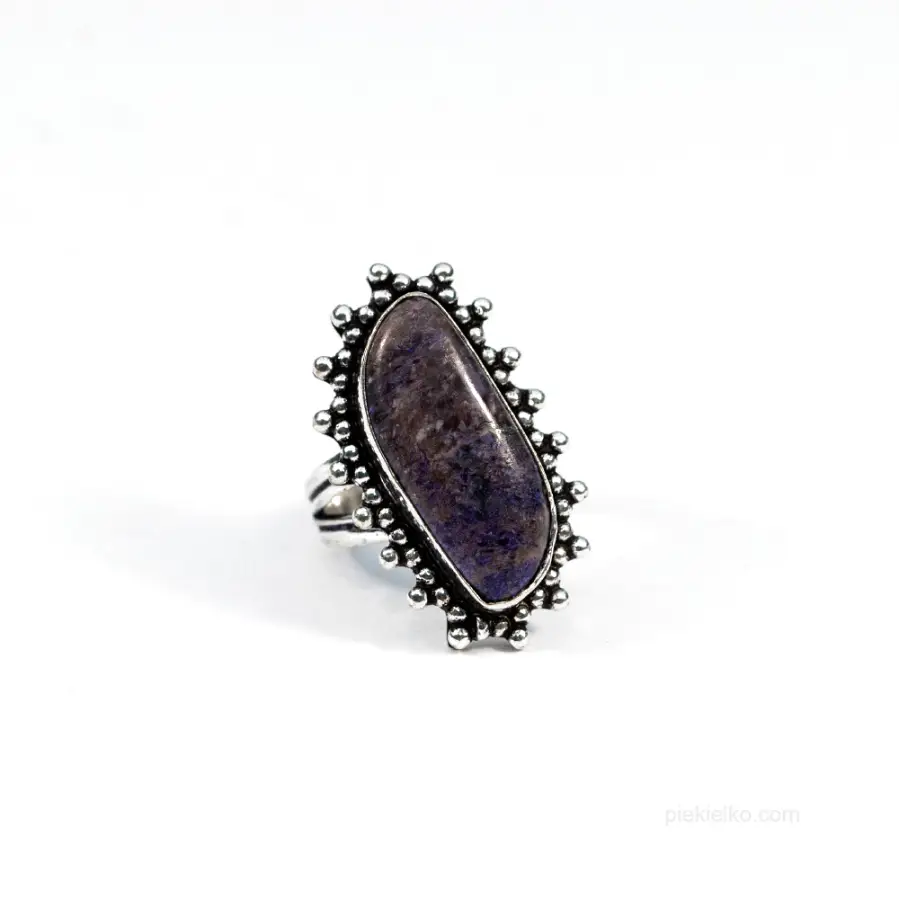
Silver plated ring with Russian Charoite
190,00180,50 -

Ethiopian magic - opal ring
500,00451,25 -

Silver ring with amethyst
290,00261,73 -
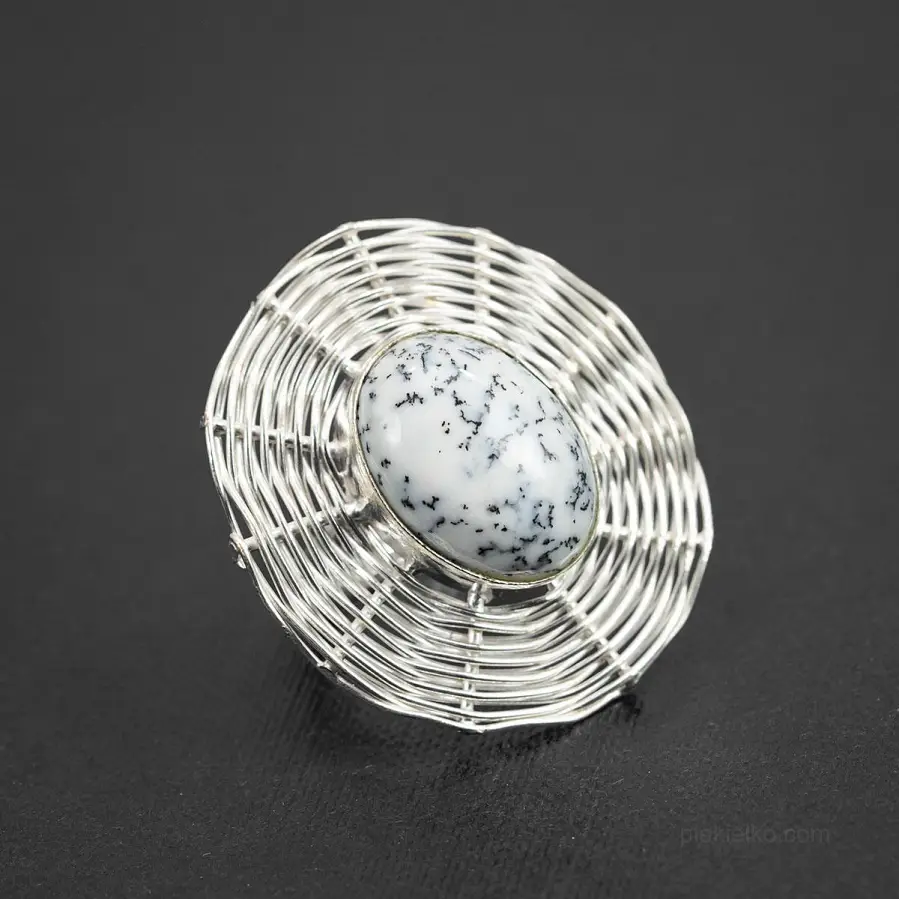
Opal dendritic basket ring
145,0082,65 -

Silver-plated larimar ring – elegance by nature
260,00247,00 -

Big ring with moonstones
560,00505,40 -

Ring with blue lapis lazuli
198,00188,10 -

Square ring
80,0076,00 -

A ring that loves your fingers!
260,00247,00



© Piekielko.com

